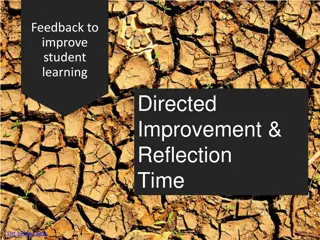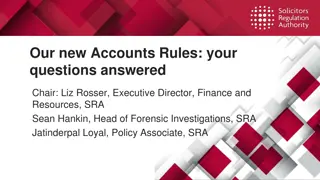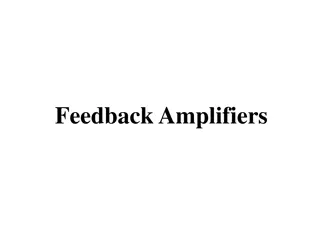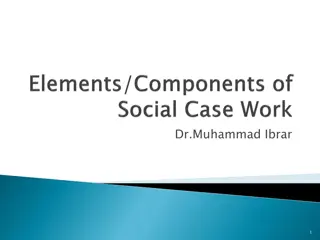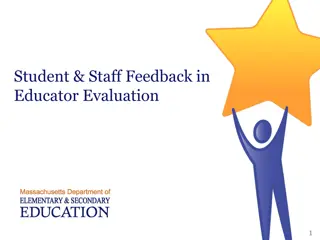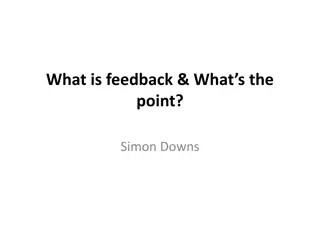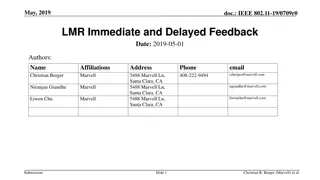Effective Feedback Practices for Client-Facing Employees
Explore the importance of timely and courteous email responses in a client-facing role and learn how to provide constructive feedback to improve communication skills. Discover the benefits of active listening, tips for better engagement, and strategies for delivering positive feedback effectively. Enhance communication within your team and with external parties by implementing these key practices.
Download Presentation

Please find below an Image/Link to download the presentation.
The content on the website is provided AS IS for your information and personal use only. It may not be sold, licensed, or shared on other websites without obtaining consent from the author. Download presentation by click this link. If you encounter any issues during the download, it is possible that the publisher has removed the file from their server.
E N D
Presentation Transcript
Scenario Jane is a client-facing employee and is responsible for responding to inquiries to your unit s general email account. Your office expectation is that every reasonable email question or request is timely and courteously responded to. You ve noticed a pattern where Jane is taking exceedingly long to respond to emails and is often curt in her responses to certain types of inquiries. - break into groups of two and give this feedback
Appreciation Feedback = positive and negative Praise to criticism ratio Be specific Examples: Here s where you re improving I see what you re doing over here and that s what we need. Personal strengths vs. team strengths
Listening - benefits Studies show that listening to employees talk about their own experiences first: Makes employees more relaxed More self-aware of their strengths and weaknesses More willing to reflect in a non-defensive manner More willing to cooperate Helps employees feel psychologically safe and less defensive
Listening - tips Tips for listening: Give 100% of your attention Do not interrupt or finish sentences or thoughts Do not judge or evaluate Do not impose solutions Ask follow up questions (open ended) Reflect what you ve heard
Providing Feedback 1. Describe the situation of behavior you would like to address 2. Describe the effects of the behavior For steps 1-2, focus on the facts; keep the conversation subjective Be specific! Spell out how the behavior impacts your business unit, others within it, and (if applicable) external parties 3. Discuss alternatives Provide your desired steps, but invite participation and input from the feedback recipient 4. Agree on outcomes & next steps
Providing Feedback The prior model can be used for positive & constructive feedback If positive feedback: 1. Describe the positive situation or behavior 2. Describe the effects of that behavior 3. Encourage a continuation or expansion of that behavior Benefits of positive feedback: Reinforces positive behaviors Helps build morale Builds a reservoir of goodwill
References Huston, T., Let's Talk: Make Effective Feedback Your Superpower, Random House Patterson, K, et.al., Crucial Conversations: Tools for Talking When Stakes Are High, 2ndEdition, McGraw Hill Stanier, M., The Coaching Habit: Say Less, Ask More & Change the Way You Lead Forever, Box of Crayons Press




